802832
4-(1′,5′-Dihydro-1′-methyl-2′H-[5,6]fullereno-C60-Ih-[1,9-c]pyrrol-2′-yl)benzoic acid
Synonym(s):
C60-SAM
Sign Into View Organizational & Contract Pricing
All Photos(1)
About This Item
Empirical Formula (Hill Notation):
C70H11NO2
CAS Number:
Molecular Weight:
897.84
UNSPSC Code:
12352103
NACRES:
NA.23
Recommended Products
Looking for similar products? Visit Product Comparison Guide
General description
4-(1′,5′-Dihydro-1′-methyl-2′H-[5,6]fullereno-C60-Ih-[1,9-c]pyrrol-2′-yl)benzoic acid (C60-SAM) is a fullerene based self-assembled monolayer that can be used to functionalize the oxide surface for the formation electron selective layer (ECL). It can act as a good electron donor with a high electron affinity. It enhances the overall efficiency of perovskite solar cells (PSCs) by reducing the hysteresis.
Application
Fullerene-based self-assembled monolayers for use in organic electronic devices such as inverted polymer solar cells and perovskite−polymer hybrid solar cells.
Storage Class
11 - Combustible Solids
wgk_germany
WGK 3
flash_point_f
Not applicable
flash_point_c
Not applicable
Choose from one of the most recent versions:
Certificates of Analysis (COA)
Lot/Batch Number
Don't see the Right Version?
If you require a particular version, you can look up a specific certificate by the Lot or Batch number.
Already Own This Product?
Find documentation for the products that you have recently purchased in the Document Library.
Customers Also Viewed
Analysis of the hysteresis behavior of perovskite solar cells with interfacial fullerene self-assembled monolayers
Valles-Pelarda M, et al.
The Journal of Physical Chemistry Letters, 7(22), 4622-4628 (2016)
Highly Efficient Inverted Organic Solar Cells Through Material and Interfacial Engineering of Indacenodithieno[3: 2-b]thiophene-Based Polymers and Devices
Jeremy JI, et al.
Advances in Functional Materials, 24(10), 1465-1473 (2014)
Interfacial modification to improve inverted polymer solar cells
Hau SK, et al.
Journal of Materials Chemistry, 18(42), 5113-5119 (2008)
Effect of Chemical Modification of Fullerene-Based Self-Assembled Monolayers on the Performance of Inverted Polymer Solar Cells
Hau et al.
ACS Applied Materials & Interfaces, 2(7), 1892-1902 (2010)
Agnese Abrusci et al.
Nano letters, 13(7), 3124-3128 (2013-06-19)
A plethora of solution-processed materials have been developed for solar cell applications. Hybrid solar cells based on light absorbing semiconducting polymers infiltrated into mesoporous TiO2 are an interesting concept, but generating charge at the polymer-metal oxide heterojunction is challenging. Metal-organic
Our team of scientists has experience in all areas of research including Life Science, Material Science, Chemical Synthesis, Chromatography, Analytical and many others.
Contact Technical Service

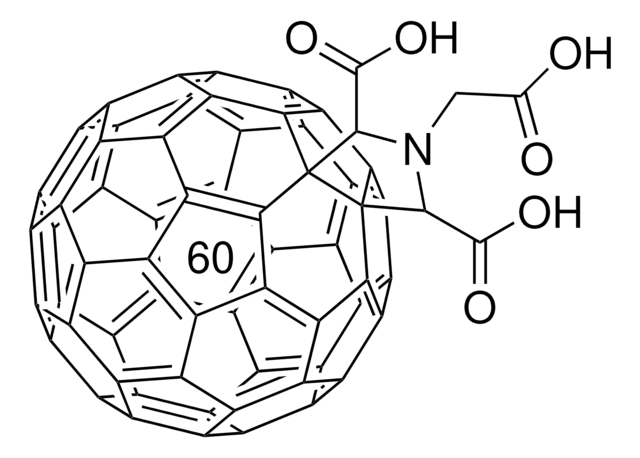
![[6,6]-Phenyl C61 butyric acid methyl ester ≥99%](/deepweb/assets/sigmaaldrich/product/structures/359/221/d990c746-0960-4c69-bf76-fe09b193824d/640/d990c746-0960-4c69-bf76-fe09b193824d.png)
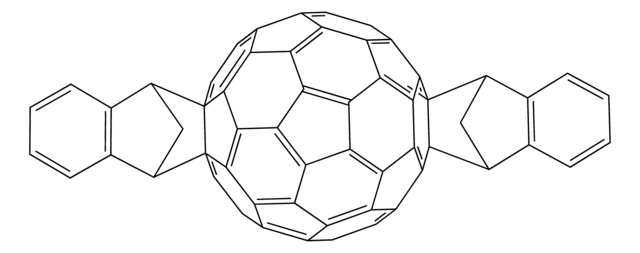

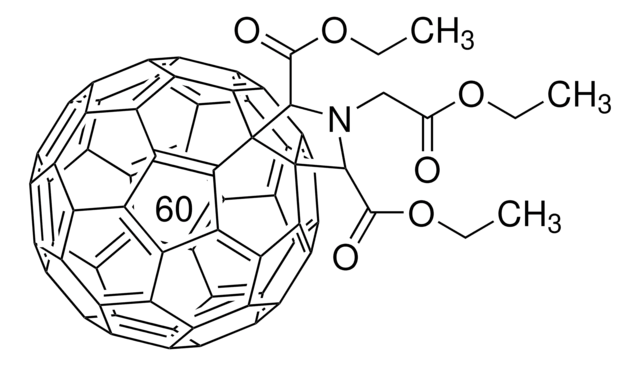
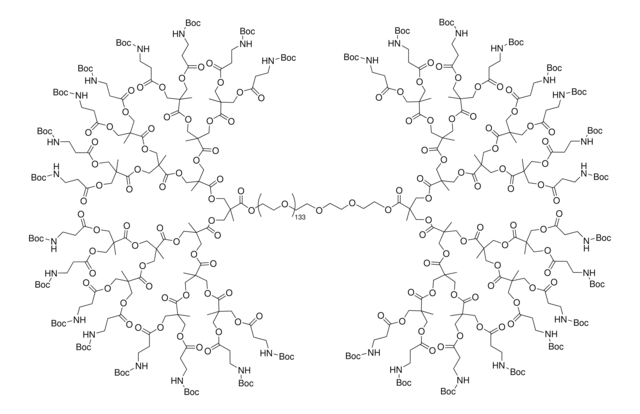
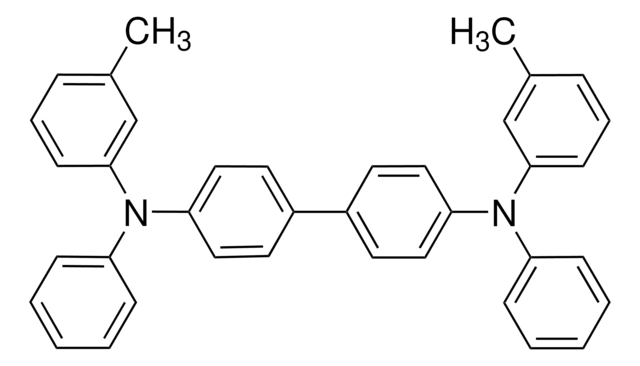
![[6,6]-Phenyl C71 butyric acid methyl ester, mixture of isomers 99%](/deepweb/assets/sigmaaldrich/product/structures/716/624/9fb9f2f0-ae99-429f-8d3a-b12267976a4d/640/9fb9f2f0-ae99-429f-8d3a-b12267976a4d.png)
